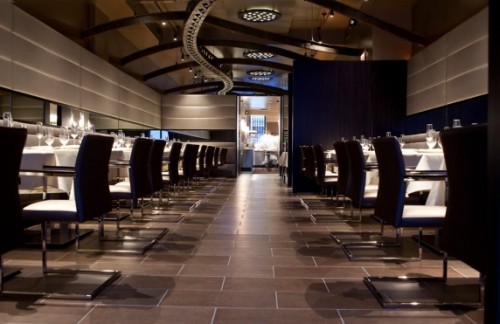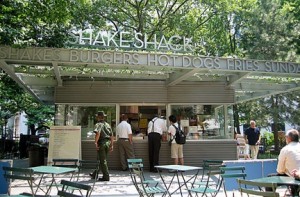When you dine out in a restaurant, you rarely think about whether it has enough staff. You just expect that someone will cook your meal, and someone will serve it.
But in Chicago, restaurants are experiencing a significant problem. They can’t find enough cooks.
Kevin Pang looked into the shortage of restaurant cooks for the Chicago Tribune. He reports that chefs and restaurants around Chicago are reporting an inability to find qualified people for kitchen jobs.
Next, one of the country’s top-rated restaurants, has two openings for cooks who could start immediately. GT Fish & Oyster, a well-regarded seafood restaurant, would like to hire four. And restaurant groups are reporting even more trouble in finding enough people to staff their multiple eating houses.
Paul Kahan, who owns some of Chicago’s best-known restaurants like Publican, Blackbird, Big Star and Avec, says that if he finds good cooks, he’ll hire them even without a job opening. “Because we will have a position,” Kahan tells the Tribune.
It’s a national problem, too. In a 2015 industry forecast, the National Restaurant Association says there has been a sharp growth in demand for cooks, outstripping the number of qualified applicants.
Here are some reasons for that increased demand:
Jobs other than restaurants.
The past few years have seen an explosion in food shops and grocery stores offering prepared foods, coffee bars and in-house-cafes. Think of your local Whole Foods or specialty markets such as AJ’s in Phoenix or Plum Market in Michigan.
Then, there are upscale dining and shopping arcades like Eataly in New York and Chicago, which offer restaurant quality food stands.
Often, the working conditions in these places are preferable to those in restaurants, where kitchens can be cramped, hot and the hours long. In Eataly New York, for example, kitchens are wide open for tourists to view, and the cooks often get to chat with visitors while they wait for their dishes.
Company cafes.
Corporations like Google boast of top-flight food in their cafeterias. In fact, Google’s first corporate chef, Charlie Ayers, went on to open his own restaurant in Palo Alto, Calif. The New York Times has a beautiful dining hall where the menu changes frequently, and the view is stunning.
Name a big city, and there’s likely to be a company offering good food on its premises (one way to keep employees in the building and closer to their work stations).
Beyond big cities.
It used to be that if you wanted a top-flight kitchen experience, you could only get it in a major city, like New York, Chicago, San Francisco, Los Angeles or Boston. But good restaurants are popping up all over the country.
You can work for James Beard Award winning and nominated chefs in Ann Arbor, Mich., Birmingham, Ala., and Dayton, Ohio. The National Restaurant Association says the five states with the most restaurant growth are Arizona, Florida, North Dakota, Texas and Colorado. New Orleans’ restaurant business is now bigger than it was before Hurricane Katrina.
So, for anyone with kitchen experience, the job market apparently is the same as it is for nurses. Pick a place you want to go, and show up with a good resume. You can have your pick of kitchen jobs.
For story ideas, talk to restaurant owners in your area. Find culinary students at your local college or community college. Ask your state restaurant association if its members are concerned about the shortage of cooks.











